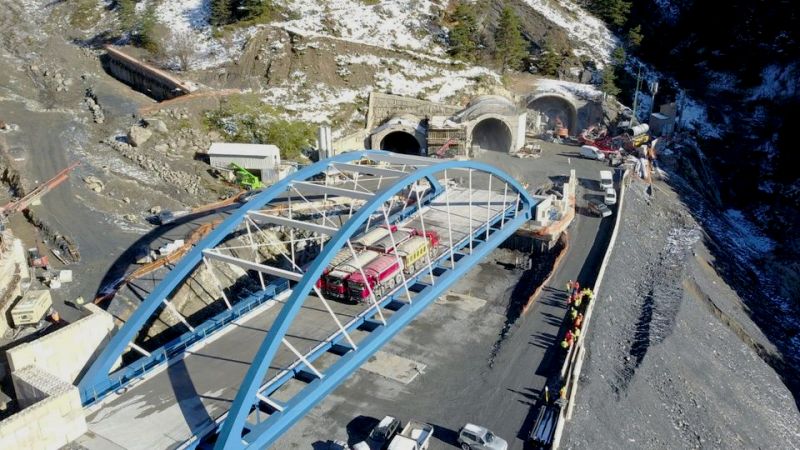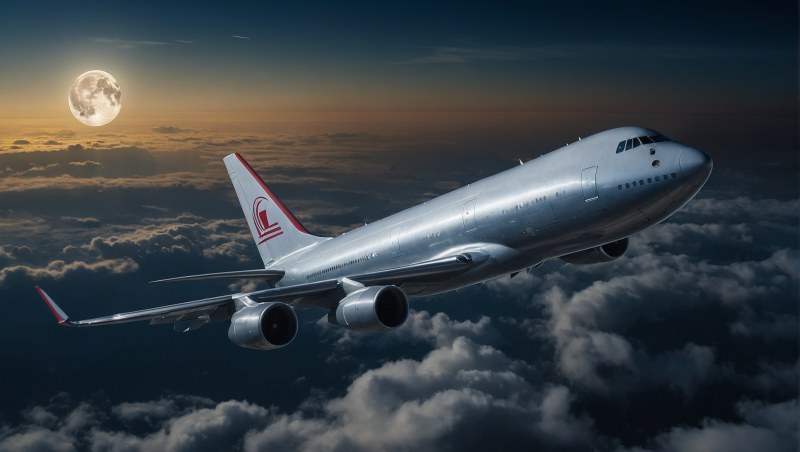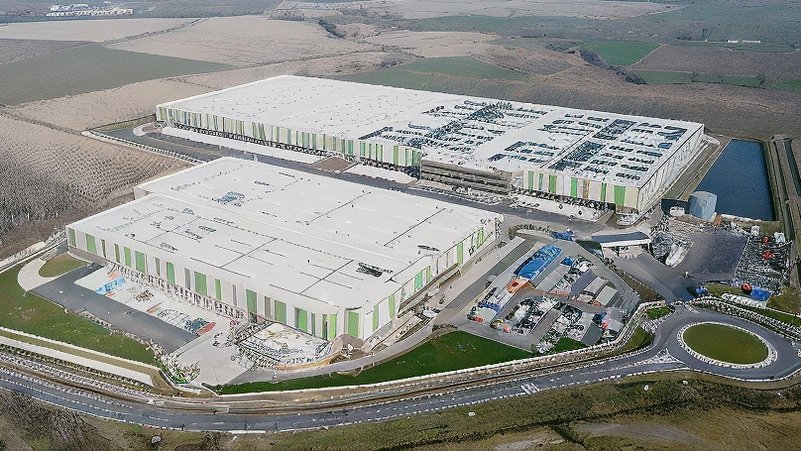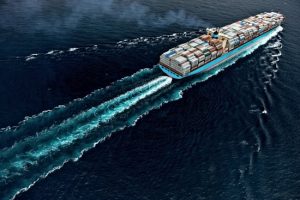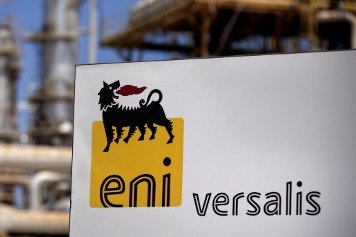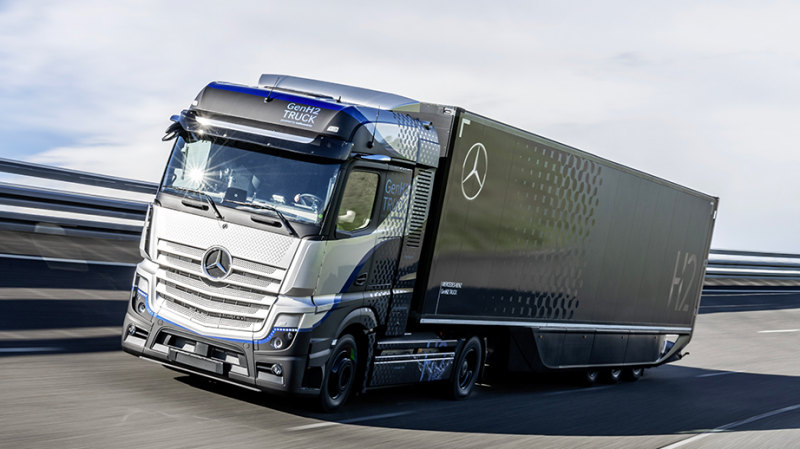The Red Sea may still be dangerous for container ships in 2025. This is according to a Maersk announcement to customers on October 9, 2024, which stated that the Gemini Cooperation container shipping consortium, comprised of Danish company Maersk and German company Hapag-Lloyd, will follow the Cape of Good Hope route when it starts operations in February 2025. The announcement explained that the two companies made this decision due to "ongoing safety concerns" along the Red Sea and Suez Canal route. Maersk and Hapag-Lloyd will return to this route "when it is safe to do so."
The escalation of the conflict in the Middle East has not only effectively closed the Red Sea to container ships but has also brought attention to the Strait of Hormuz, the gateway to the Persian Gulf. About thirty percent of the world's oil passes through this narrow strait, which also serves as a transit route for natural gas. At its narrowest point, the strait is just 21 kilometers wide, placing tankers within the reach of Iranian missiles and drones. In recent years, Iran has threatened and, at times, hindered maritime traffic, raising concerns that it might do so again in case of an Israeli attack.
In March 2024, Iran's Revolutionary Guards seized a tanker believed to be linked to Israel, and while the crew was released in May, the ship remains in Iranian hands. Also in May, Iranian forces captured two Greek tankers, which were later released. In earlier years, during the Iran-Iraq conflict (1980-1988), the two nations engaged in what became known as the "tanker war," during which 451 ships were attacked, with varying outcomes.
A total closure of the Strait of Hormuz seems unlikely, as Iranian tankers also transit the strait, and U.S. and allied military ships operate in the region. The Iranian navy is not capable of challenging such a military presence. However, Iran could still create disruptions through targeted actions, which, given the current climate, could lead to a rise in oil prices.



